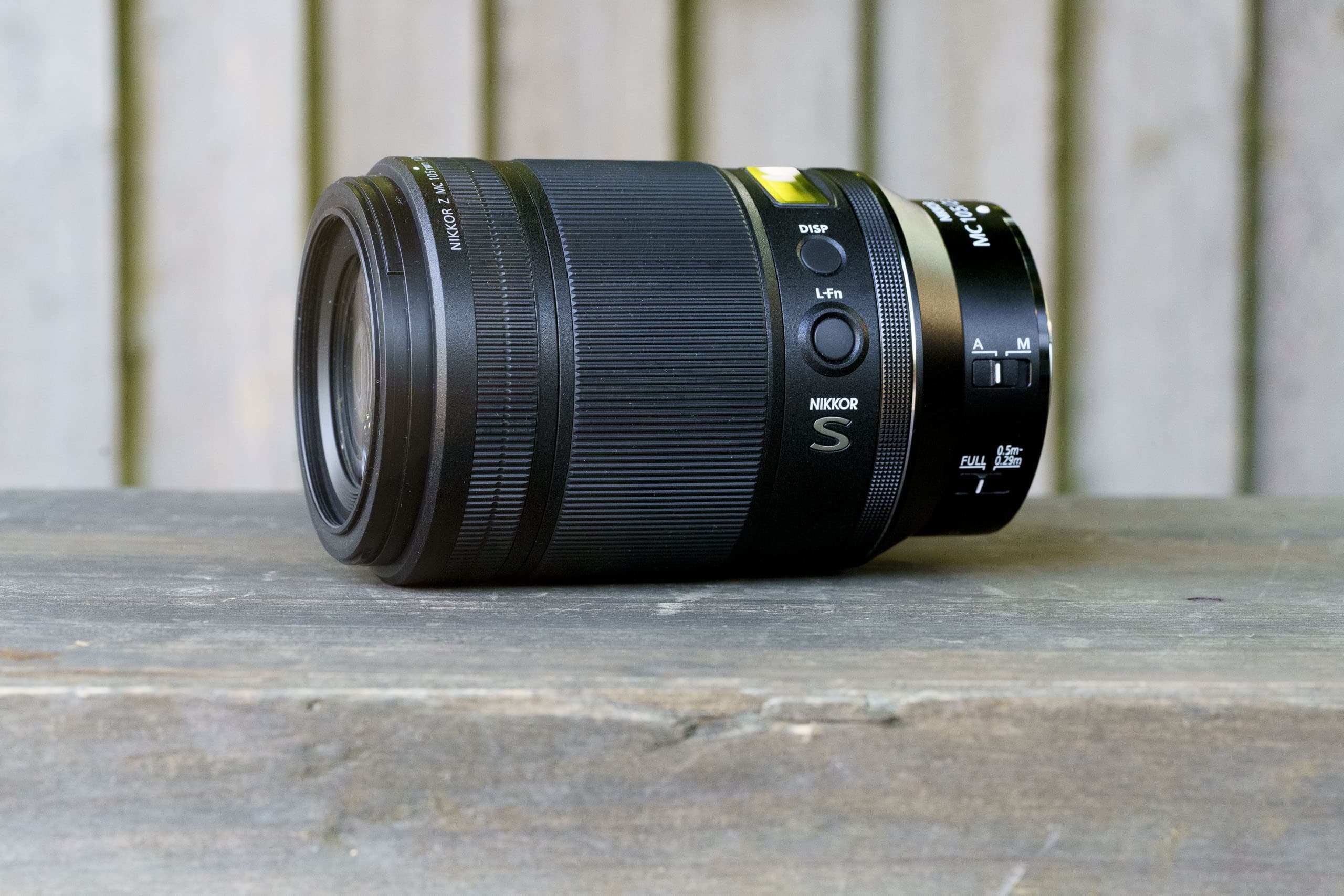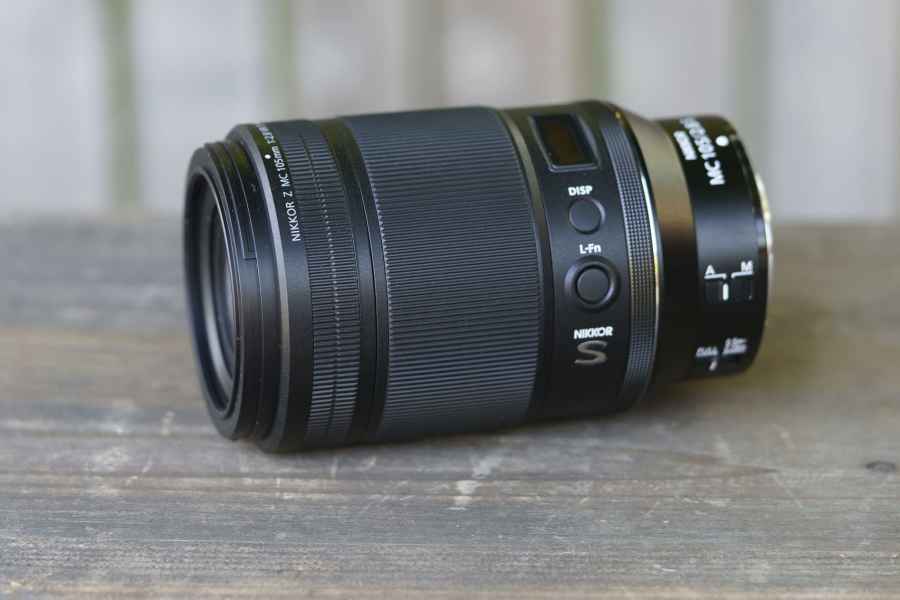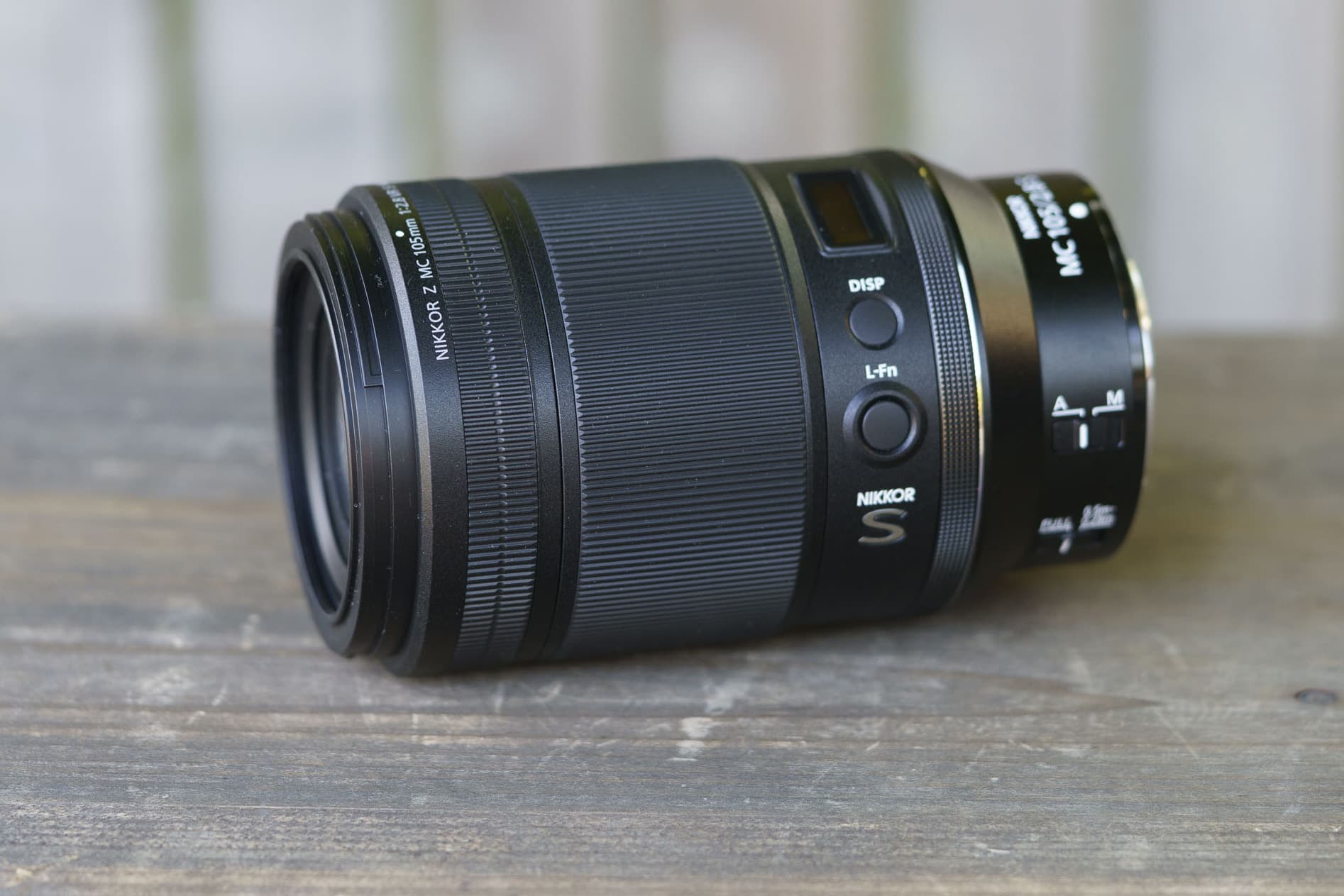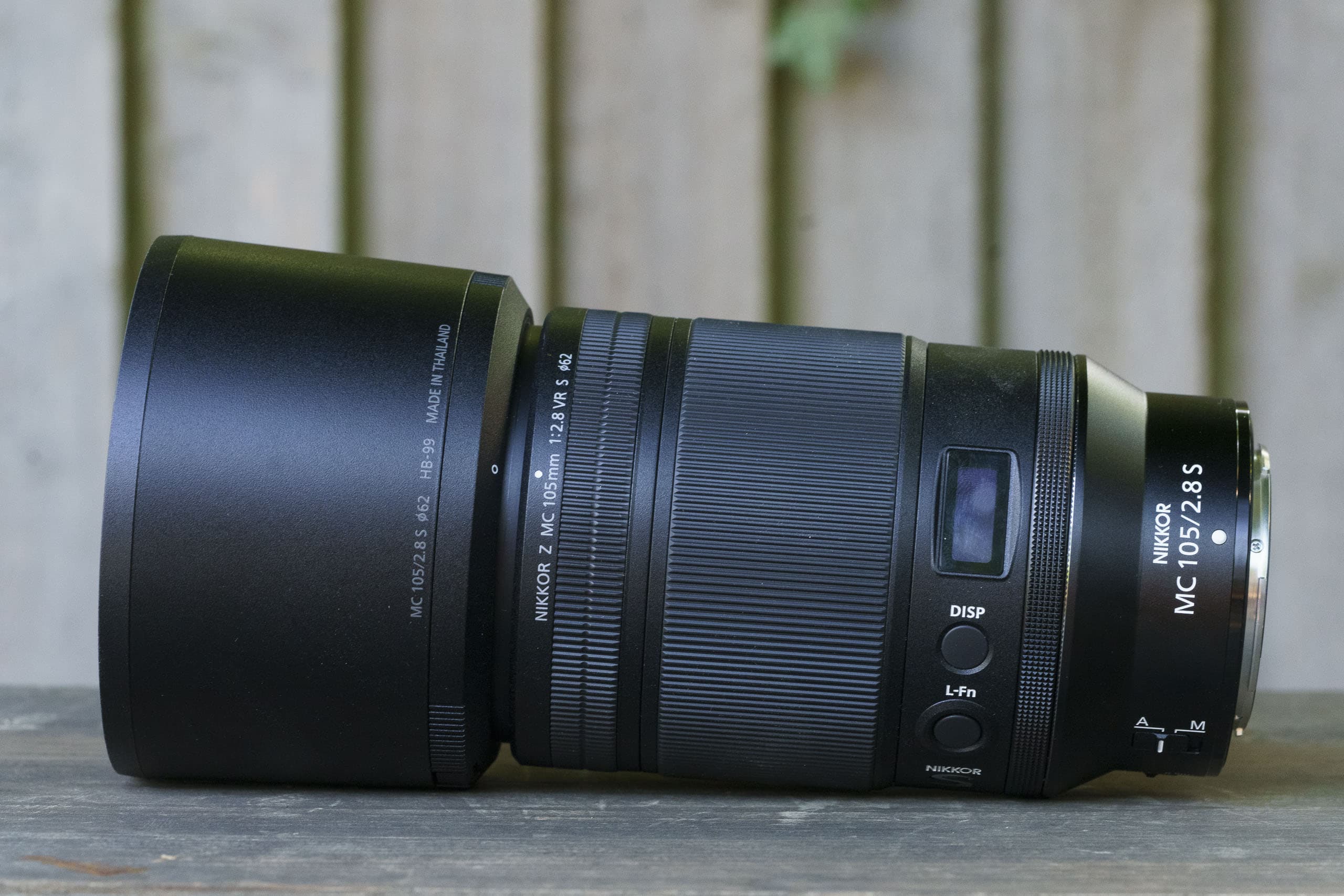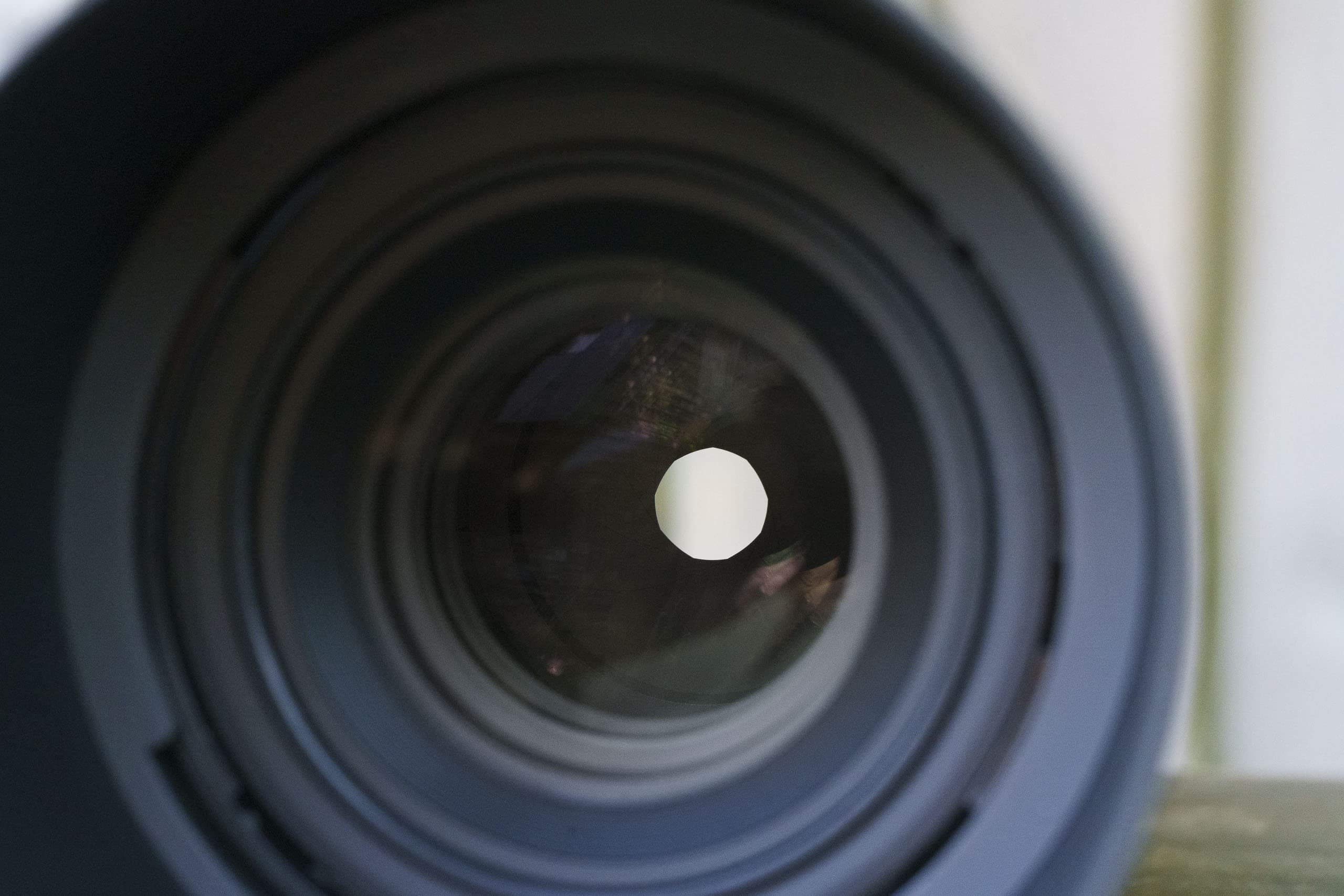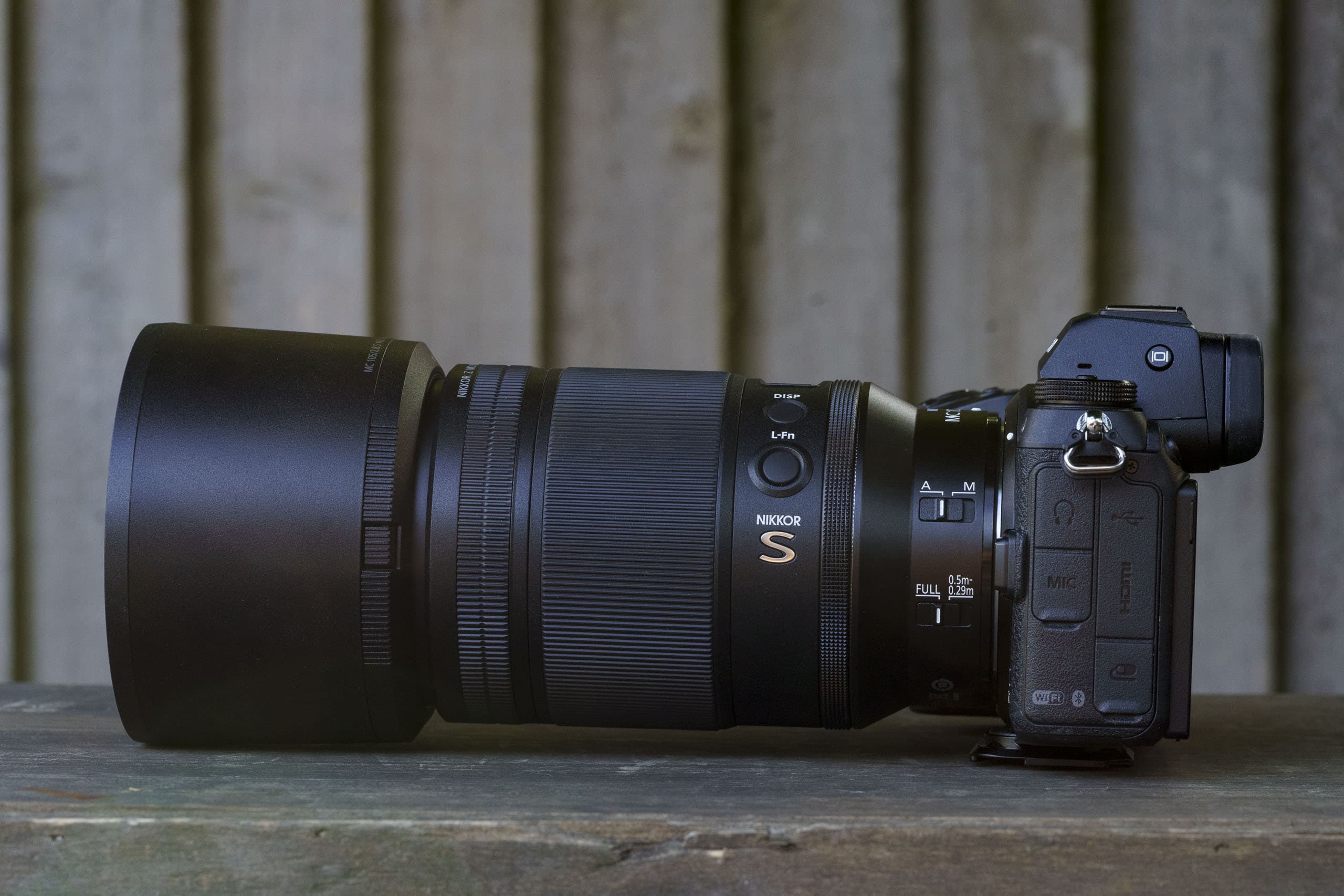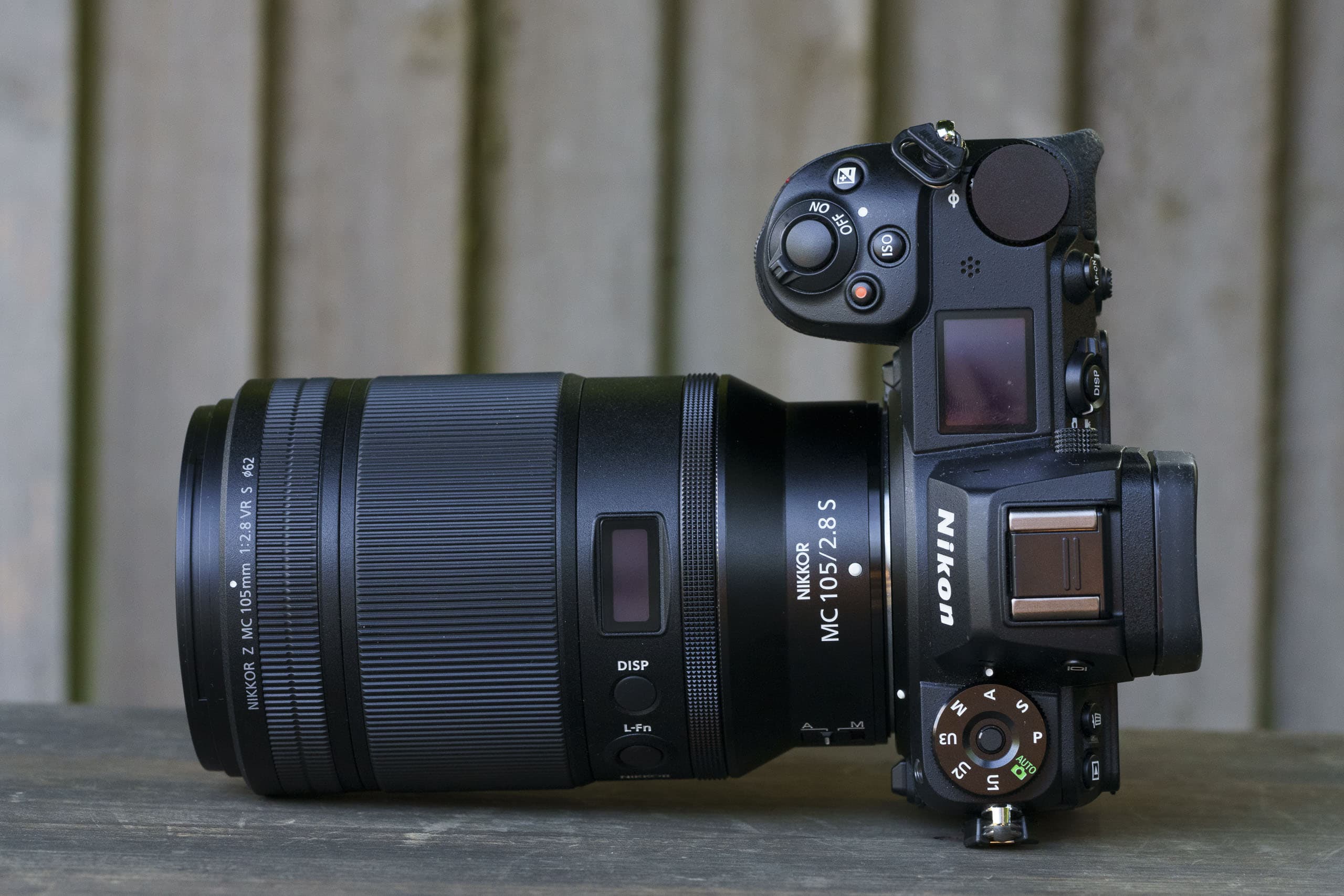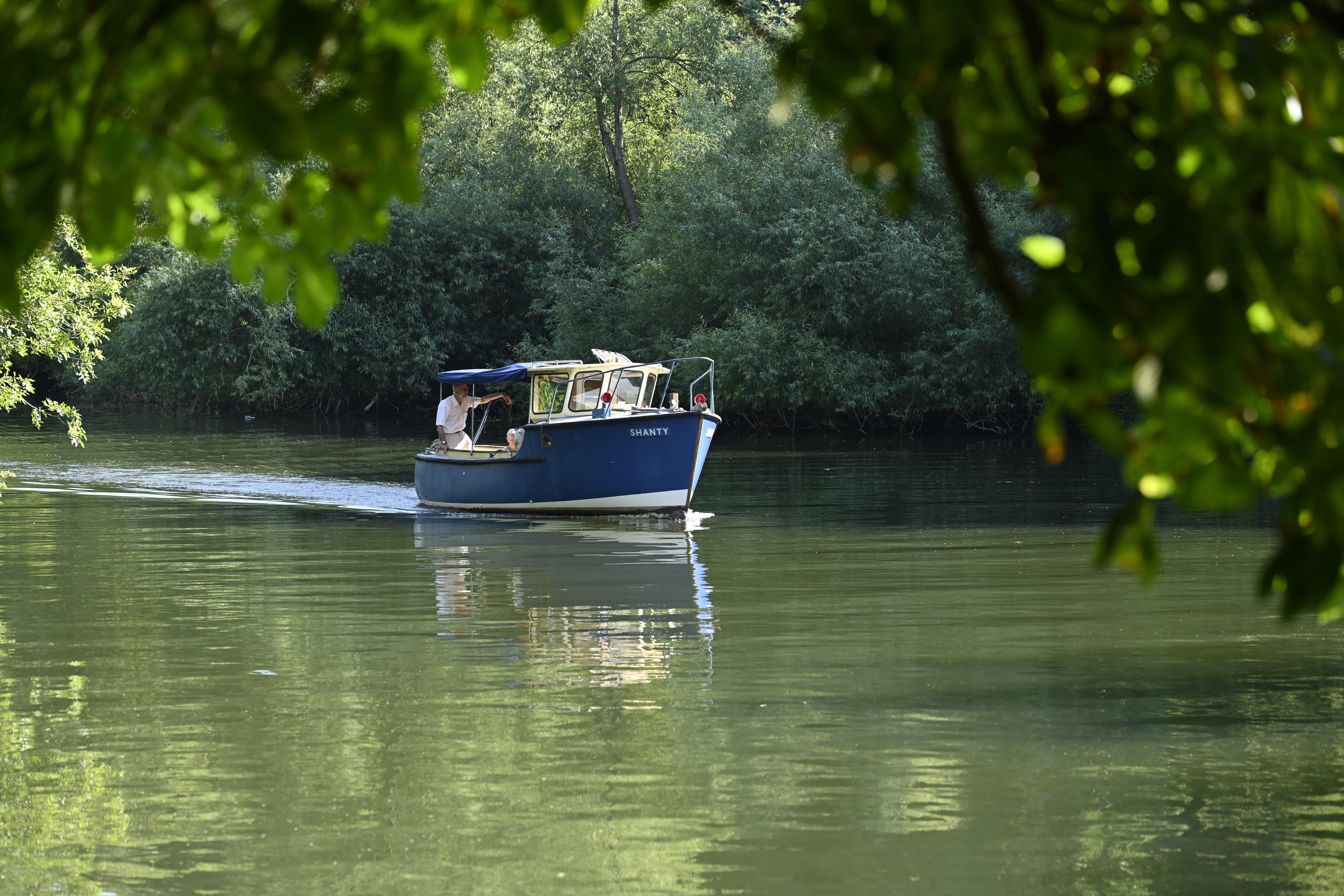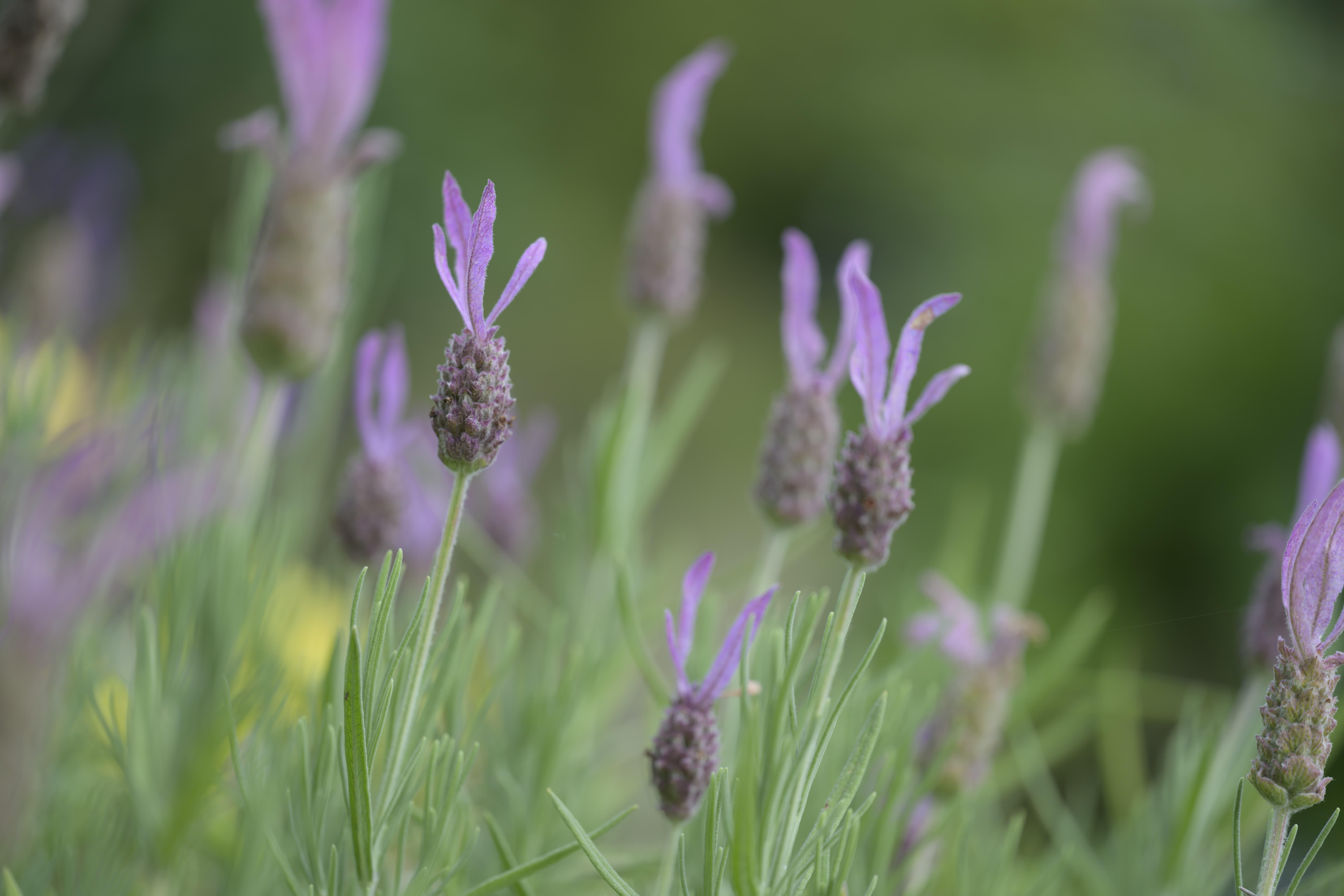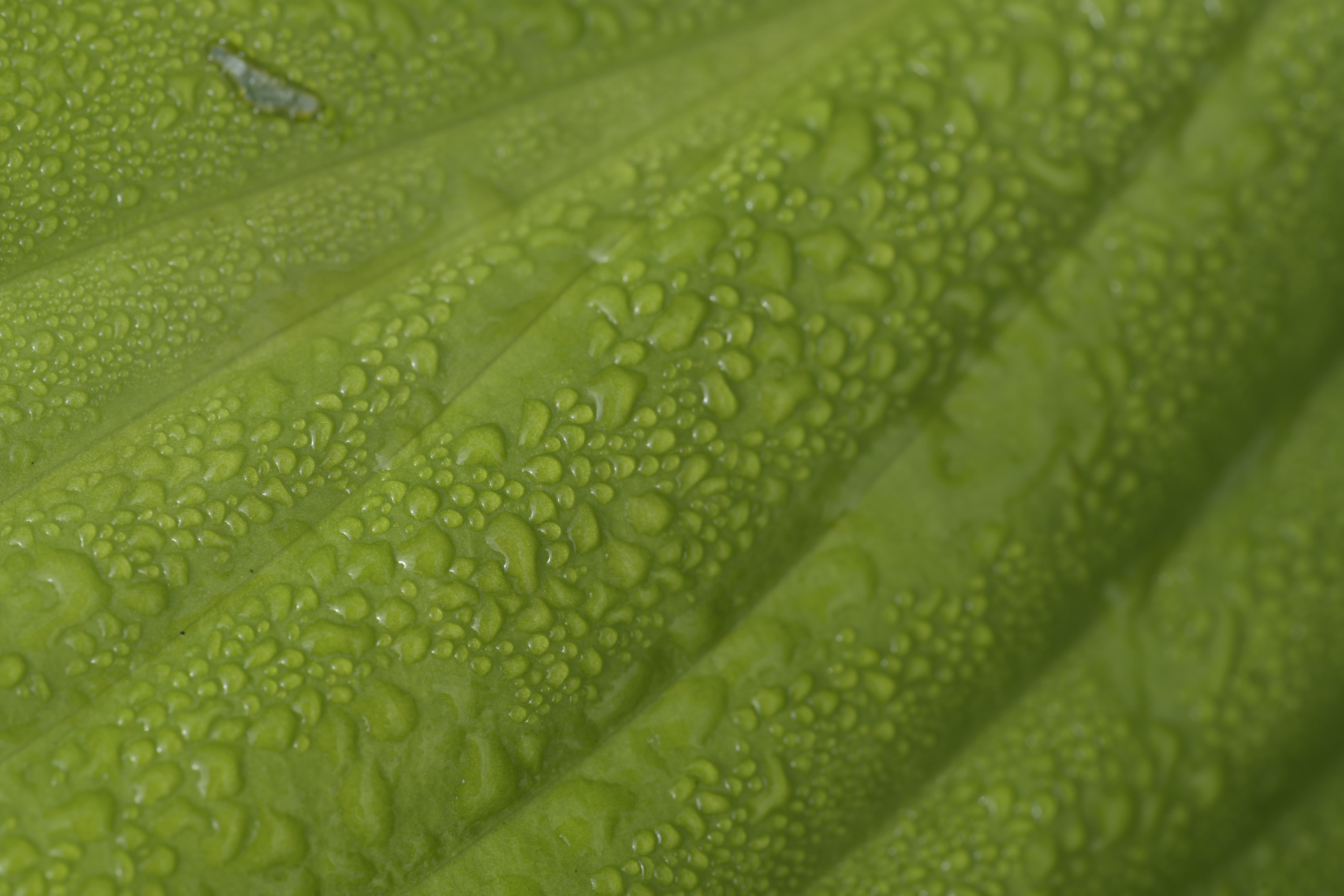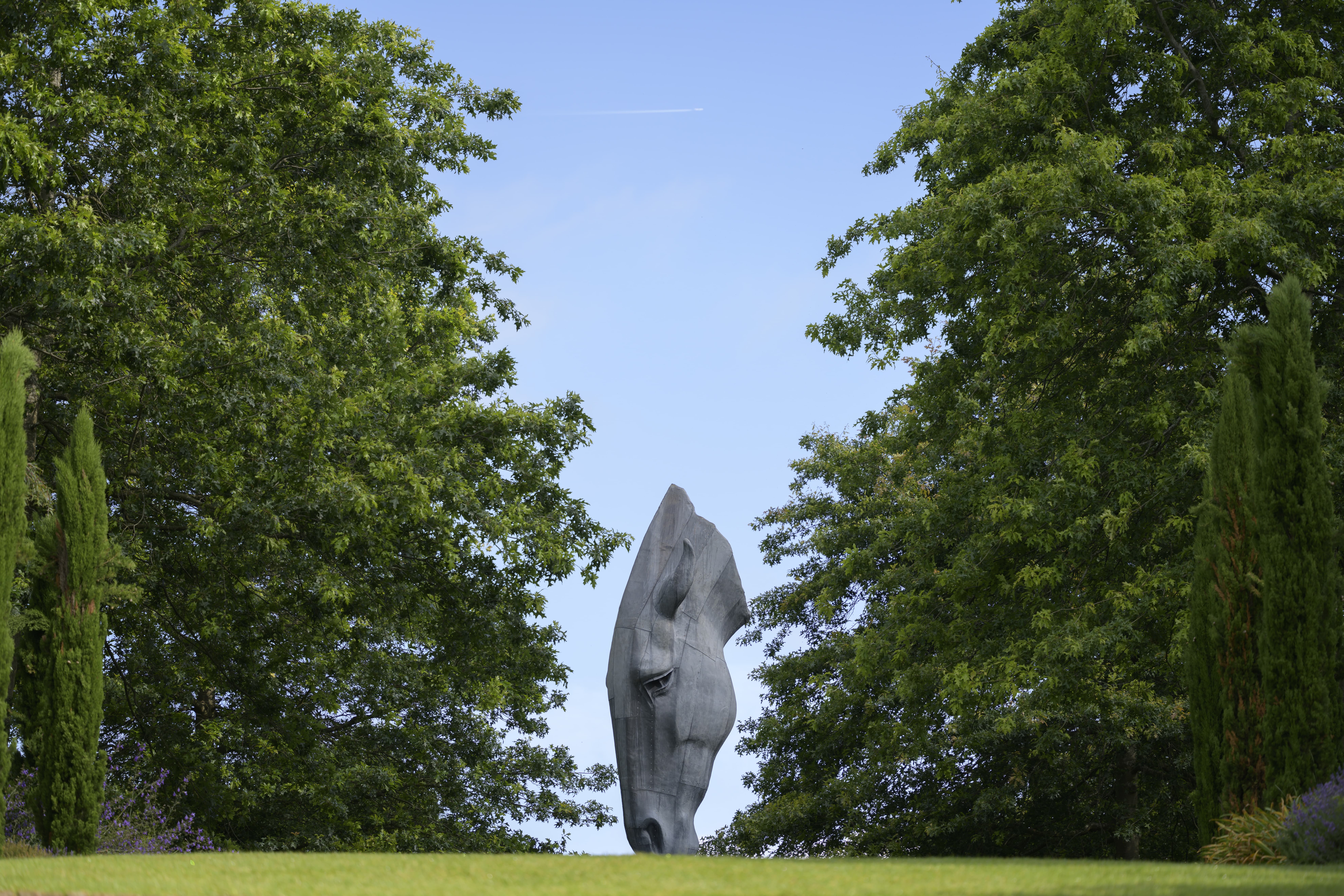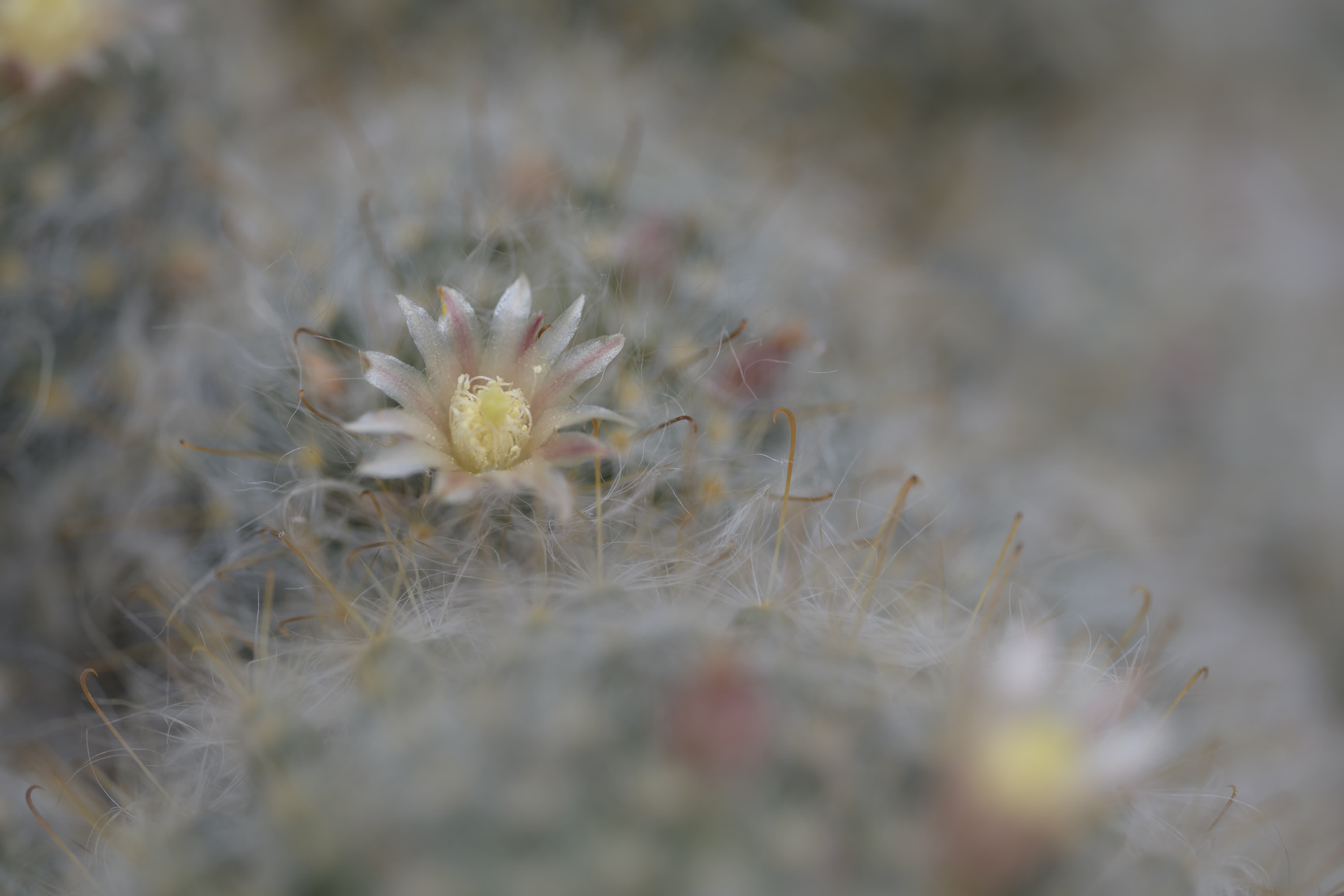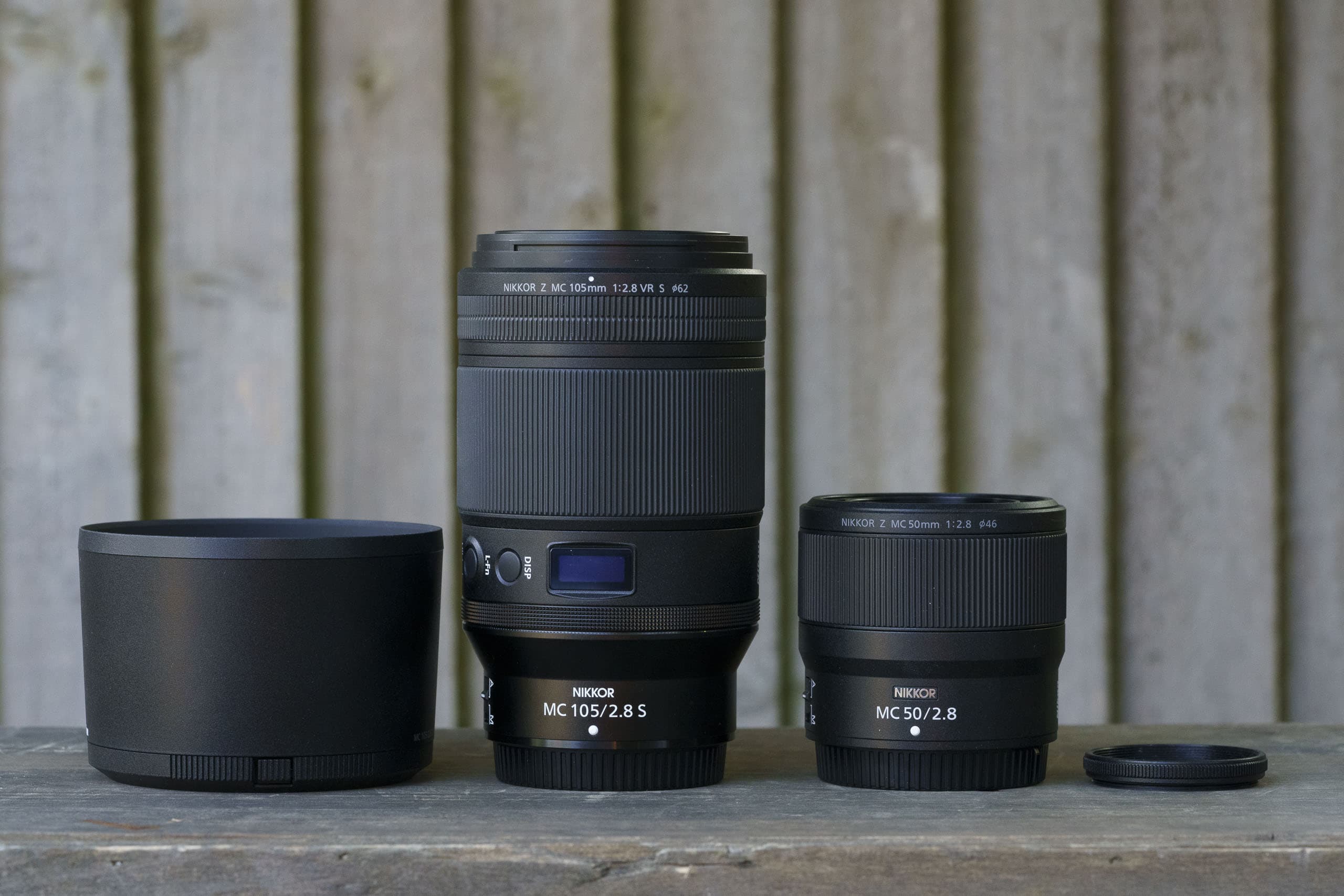Nikon has been building the Z-series lens line up for its mirrorless cameras at a steady pace but until recently there was nothing for macro photographers. Happily that has changed with not one, but two macro lenses being introduced. At £649, the Nikkor Z MC 50mm f/2.8 is the more affordable of the two and it’s aimed at novice macro photographers or anyone who wants a standard lens with closer than average focusing capability. The Nikon Nikkor Z MC 105mm f/2.8 VR S, however, is a professional-grade lens with a few extra features to help justify its higher price. It more than qualifies as one of the best Z-mount lenses you can buy.
Nikon Nikkor Z MC 105mm f/2.8 VR S Features
In terms of its optics, this lens is constructed from 16 elements arranged in 11 groups. There’s one aspherical element to maintain sharpness across the frame and reduce aberrations such as coma distortion, and three elements made from extra-low dispersion (ED) glass to reduce chromatic aberration. Nikon has also applied its Nano Crystal and ARNEO coatings to some elements to reduce reflections so that flare and ghosting is minimised. In addition, the front element has a fluorine coating to make it easier to keep clean. The lens also has weather seals around its mount and any moving parts to keep out dust and moisture, which is reassuring for outdoor photographers.
While the lens is marked as f/2.8, it’s effective maximum aperture varies depending upon the focus distance. When it’s focused at infinity, the aperture range is f/2.8 to 32 while at the closest focusing point it’s f/4.5 to 51. As we’d expect, the Z MC 105mm f/2.8 VR S has an internal focusing mechanism which means that it doesn’t change length during the focusing and the front element doesn’t rotate.
The focusing is driven by a Dual-Motor Multi-Focus STM (stepping motor) system and there’s full-time manual override via the focusing ring. At it’s closest focusing point of 29cm from the focal the sensor, the lens captures subjects at 1:1 (life-size) reproduction. This gives a working distance of around 13cm between the front element of the lens and the subject. That’s more practical than the 5.6cm working distance of the 50mm f/2.8, which also delivers life-size reproduction.
Nikon has included a focus limiter switch that can be set to ‘full’ or ‘0.5-29m’. That’s especially useful when shooting a close subject as it prevents the lenses from being distracted and focusing on something in the distance. Unlike its 50mm sibling, the 105mm f/2.8 has Nikon’s Vibration Reduction image stabilisation system built in and it’s claimed to offer shutter speed compensation of up to 4.5EV. But you’ll only get this with distant subjects, as image stabilisation is inevitably less effective when shooting close-ups.
Nikon Nikkor Z MC 105mm f/2.8 VR S Build and handling
At 140mm in length from the mount and 85mm in diameter, the Z MC 105mm f/2.8 VR S looks about the size you’d expect for a high-quality 105mm macro lens that’s designed to fit on a camera with a 55mm diameter mount. However, its weight is ‘just’ 630g, which feels quite light when you pick it up for the first time, it looks like it would weigh more. Nevertheless, the build quality is very good and the rings move smoothly, requiring just the right amount of torque from your index finger and thumb.
The broad focus ring sits towards the middle of the lens, just back from the front grip. It’s perfectly positioned for use as you support the camera. Little further back, there’s the control ring which can be customised via the camera’s menu to adjust the aperture, exposure compensation or sensitivity (ISO). This ring has a different texture from the focusing ring and front grip, which makes it easy to distinguish.
Other Nikon Z-mount lenses with a dedicated control ring have the ring closer to the camera body, where the lens is thinner, but here it’s on the broader part of the barrel and further from the mount. I find this easier to locate, but it might mean some photographers with a selection of other Z-mount optics search around before they locate the ring.
As the focusing is by wire, there are no distinguishable end points to the focusing but the viewfinder and screen display a distance scale as soon as the ring is rotated. The focus throw is also long, which means it’s easy to make slow, precise adjustments to the focus. That’s especially useful when you’re shooting near the closest focusing point and depth of field is very shallow. As an added bonus, photographers with the Nikon Z6 II or Z7 II can reverse the direction of operation of the focus ring.
The A/M (auto/manual focus) and focus limiter switches are within easy reach of your left thumb when the camera is held to your eye. However, the Lens Function (L-Fn) button, which sits between the control ring and focus ring is even more convenient. This can be set to activate one of a long list of parameters such as Spot metering, Subject tracking or (depth of field) Preview.
Above this button is another marked ‘DISP’. Pressing it activates the small OLED screen at the 12 o’clock position on the lens barrel. Pressing it repeatedly toggles through key information such as the focus distance, depth of field, aperture and ISO value.
Nikon Nikkor Z MC 105mm f/2.8 VR S Autofocus
I tested the Nikkor Z MC 105mm f/2.8 VR S on the Nikon Z7 II which has a hybrid autofocus system that combines phase and contrast detection. With subjects at what might be regarded a ‘normal’ distance rather than close or macro, it focuses very quickly and quietly. With closer subjects there is some hunting, it’s a bit slower and it’s helpful to set the focus limiter to 0.5-0.29m to prevent it from focusing too far away.
I found the manual focus override useful from time-to-time to perfect the focusing or to get it in the correct area for the AF to get the correct point sharp.
Nikon Nikkor Z MC 105mm f/2.8 VR S Image quality
The Z7 II is Nikon’s latest 45MP full-frame mirrorless camera and combined with the Z MC 105mm f/2.8 VR S, it’s capable of capturing a lot of detail with superb sharpness across the frame. Even at the widest aperture, there’s very little fall off in sharpness towards the corners of the image.
As depth of field is very limited when the focusing distance is short, small apertures are usually the order of the day for macro photography. If you pixel-peep, the detail-softening impact of diffraction is noticeable at f/45 and f/51, but it’s less apparent at normal viewing and printing sizes. Nevertheless, if possible, it’s better to shoot at f/32 or wider.
Because tiny movements have a major impact with macro photography, it’s advisable to use a tripod whenever possible. However, the Z MC 105mm f/2.8 VR S vibration reduction system can help and I managed to capture the occasional sharp hand-held image at 1/4sec at the closest focusing point, that’s a shutter speed compensation factor of around 4.5EV. Increasing the shutter speed to 1/15 sec increased my hit rate to around 50%, giving a compensation of approximately 2.5EV.
Chromatic aberration and curvilinear distortion aren’t a problem and there’s only a hint of vignetting at f/2.8 if you decide to not use the in-camera correction profile. Drop to f/4 or switch the Vignette Control to ‘Normal’ and it’s not an issue. Further good news is that out of focus areas are handled well although small highlights towards the edges of the frame tend to cat’s eye shaped rather than circular, but that’s not unusual.
Nikon Nikkor Z MC 105mm f/2.8 VR S Verdict
While the more affordable Nikkor Z MC 50mm f/2.8 a is very good lens, a focal length of 105mm is a more popular choice for macro photography because the longer working distance is more practical. It means you’re less likely to throw a shadow over your subject and there’s more room to use artificial light if you need to. It’s also a good focal length for other subjects such as still life and portraiture.
The Nikkor Z MC 105mm f/2.8 VR S is also weather sealed and comes with image stabilisation which is useful when the lens is used at more standard focusing distances or for close-up rather than macro photography. In addition, there are a few handling refinements such as the dedicated control ring, which is handy for controlling aperture quickly in macro situations, while the L-FN can be used to close the iris down for depth of field assessment. The manual focus override is also very useful in macro situations, ensuring that the focus is exactly where you want it.
Optically, the lens is excellent with the sharpness across the frame particularly impressing. Naturally, depth of field is next to nothing at the widest apertures when the subject is at the closest focusing distance of 29cm, but the results are stunning all the way down to f/32 at which you get a sharp zone that’s around 1cm in depth.
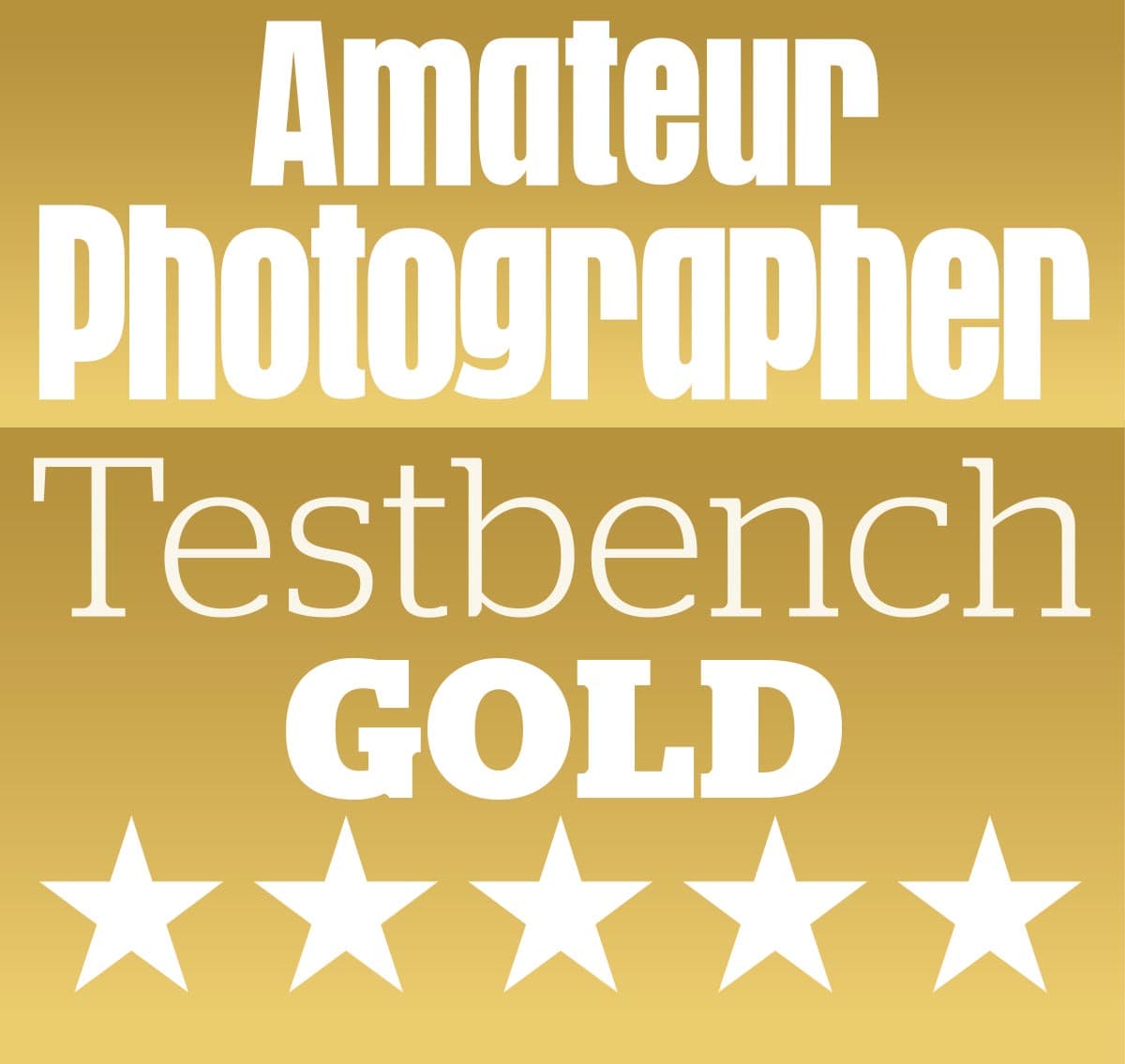
Nikon Nikkor Z MC 105mm f/2.8 VR S : Full Specifications
